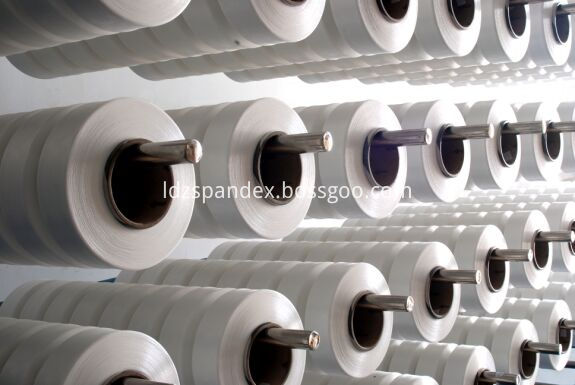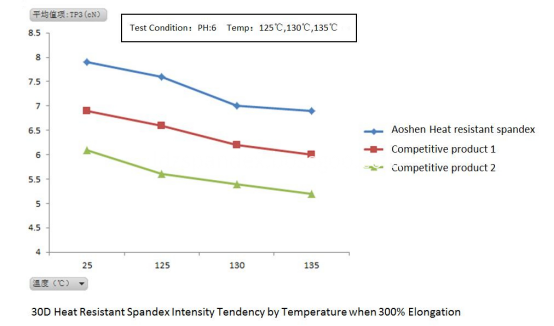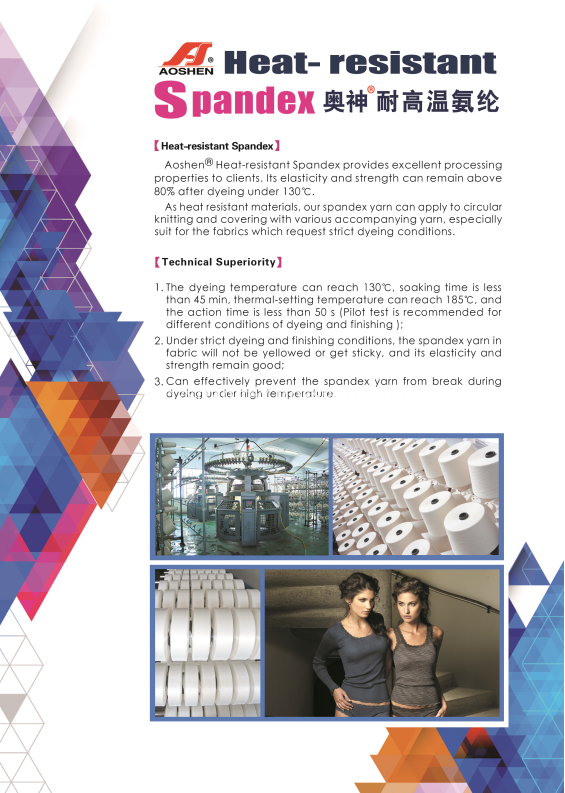Rising tide of price increases and wages under the tide of the Pearl River Delta garment industry
"Buying is going up and selling is not going up."
"The first two months of support, the next year is not enough to go home." In a small alley in the Kangle Village, Haizhu District, Guangzhou, Chen Bo, owner of the take-off garment factory, told reporters. The Sichuanese has been working in Guangdong for more than a decade, and this year is the most difficult period. "Everything is going up, and the price that goes out is not going up."
Liu Huisheng, owner of the friendship and garment factory, told the reporter that at the end of the previous years, it was the peak season of the year. The profits of the whole year depended on these months to “strive for a goâ€, but in these few months, the business was only struggling on the preservation line. Can't support it.
The price rise of raw materials driven by cotton prices since September this year may be the last straw to suppress the camels. According to the transaction data of the Zhengzhou Commodity Exchange, the cotton ** main contract CF105 opened in September at 17895 yuan / ton, to November 10, has risen to 33,720 yuan / ton, nearly doubled. Although the price of cotton has dropped in the last two or three weeks, it is still at a high level during the year.
The reporter visited Humen International Cloth Trade Center in Dongguan City and found that with the increase in cotton prices, polyester fiber and other chemical fiber prices also experienced soaring. Chang Feng, head of Changfeng Mesh Weaving Co., Ltd., said that the price of the most expensive nylon rose by more than 10,000 yuan per ton from last year. Nylon's chemical raw materials were extracted from oil and rose as oil prices rebounded. Many garment factories used nylon to replace cotton, which affected the shop's orders to drop by 70% in November. At the same time, the prices of accessories such as zippers, buttons, and glass crystal products are also rising rapidly.
In Zhenkou Industrial Road, which is a concentrated clothing company in Humen Town, Dongguan City, nearly all clothing companies posted notices of recruitment. At the company's workshop, there were only 20 workers in 70-80 parking spaces, highlighting the serious shortage of labor. If the apparel industry crisis in 2008 comes from external orders, this year it is more due to internal structural factors.
"Employees say that everything has gone up, and wages have to go up. If you don't agree, you can't recruit workers at all." Zhang Wenjian, general manager of Dongguan Jiawen Garment Factory, said that this year's general worker raised three wages from 1600 yuan per month. Raised to 2,500 yuan, some technical personnel have risen to 3,000 yuan. Even so, the turnover rate of workers in the clothing industry is surprisingly high. At the take-off garment factory, workers left on average for two or three months. "You see, our workers are all over the age of 30. Where do young people recruit now?" Chen Bo said.
Some small and medium-sized enterprises have been struggling to “price increases†and “high-paying wave†shockwaves, and have already scraped some processing-type garment factories.
According to the reporter's understanding, due to the unwillingness to accept negative profits, clothing companies have been relenting. Li Yasheng, head of Dongchen costumes, said that our customers are mainly Japanese guests, and they are very sensitive to prices. We do not accept price increases, and our costs are rushed up. Once accounting is over, only a few orders are returned. One month has passed. To make 10,000 pieces, only two or three thousand pieces were made this month.
Due to the fierce market competition, a small, weakly-owned garment factory lacks bargaining power and can only choose to absorb most of its costs. Yu Hongfeng, head of Tianshi Fashion Co., Ltd., said that despite only 5% price increase this year, the long-term customer, American brand MissMe, has transferred some orders to Vietnam and India. This year's orders have been reduced by one third from last year.
Today, Chen Bo has started to recuperate. “People go high and water flows down. It's not enough to move the factory back home and the cost is much lower.†Chen Bo said.
In contrast, the days of branded apparel companies are much more relaxed. At the 15th China (Humen) International Apparel Trade Fair held in Humen Town in November, a splendid fashion press conference was held with local brands such as Chun and Song Ying to hold high the banner of “brand, wealth, fashion, and internationalâ€.
Did you sink in on this one?
"This year and next year, no matter what you want to fight!" Li Yasheng, head of Dongchen costumes, said that branding and e-commerce are all considered. However, he also has concerns that brand strength is too weak for the company; e-commerce, competition is fierce, and the prospects are unpredictable. "Now I just hope that prices will stabilize quickly, or else we will not be able to do business with customers any day."
To cope with the “price increase tide†and “increasing tide of payâ€, exporting to domestic sales and turning to wholesale brands are becoming a major trend in the garment industry in Dongguan. Qin Yingfu, deputy secretary-general of the Humen Garment Association, said that in the past two years, some of the original garment factories that started to export or wholesale have begun to transform. Small and medium-sized brands have emerged as a trend, including Kai Luobini, K brand, VOZO, and Fren Pike. Life and so on.
The reporter saw outside of Jiesheng Clothing Co., Ltd. The banner of the spring-summer 2011 fashion conference was hung in a prominent position. Hu Xiangyun, head of the production department, said that the company had created a brand earlier this year. It is now only a prototype and is operating according to the brand building model. However, the effect has gradually been revealed, and the price is increased by 7% to 8% compared with simple processing. "It is really difficult to be a brand, but power is in your hands after all," said Hu Xiangyun.
There are also some garment companies' production lines that will be transferred to the Midwest. Tan Zhihui, manager of the joining department of Shantong Garment Co., Ltd., told reporters that the company's factory will be moved to Jiangxi, and it is expected that the factory rent can be reduced by 30%, and the wage cost will also drop. Tianshi Fashion Co., Ltd. adjusted one-fifth of orders to garment factories in Jiangxi. The person in charge, Yu Hongfeng, said that the overall cost of Jiangxi Province is about 10% lower.
In addition, some garment companies have increased automation and mechanization to cope with the shortage of labor. Zhang Wenjian, general manager of Dongguan Jiawen Garments Factory, recently bought an apparel plotter at Humen International Garment Machinery City, which cost 22,000 yuan. It is said that it can save 3,000 yuan per month.
Lin Chao, deputy general manager of Humen International Garment Machinery City, said that after rising costs, garment companies did increase their purchasing power. During the Humen International Garment Fair this year, the turnover reached 2.5 billion yuan in only four days, and the monthly turnover in the second half of the year has obviously increased.
As heat resistant materials, Aoshen® Heat-resistant spandex provides excellent processing properties to clients, which are well used for circular knitting and covering with various accompanying yarn, especially suit for the fabrics which request strict dyeing conditions. Its elasticity and strength can remain above 80% after dyeing under 130℃.

[Technical Superiority]
1. The dyeing temperature can reach 130℃, soaking time is less than 45 min, thermal-setting temperature can reach 185℃, and the action time is less than 50 s (Pilot test is recommended for different conditions of dyeing and finishing );
2. Under strict dyeing and finishing conditions, the spandex yarn in fabric will not be yellowed or get sticky, and its elasticity and strength remain good;
3. Can effectively prevent the spandex yarn from break during dyeing under high temperature.
[Specifications]
15Den 20Den 30Den 40Den 55Den 70Den


If you have any questions, please contact with us directly. We can provide free samples. Sincerely look forward to our cooperation in the future.
Heat Resistant Spandex,Polyurethane Fibre,Printed Spandex,Polyester Spandex
LDZ New Aoshen Spandex Co.,Ltd. , http://www.ldzspandex.com